So… you’re looking to buy a used car, but don’t know what to do or even how to do it. Don’t worry, there was a point in time we didn’t know either, but we learned. Through many painful experiences of our own, we have a definitive list that you can use. This isn’t meant to be the end all list, but it is meant to help you learn about how to buy a good used vehicle.
Initial Process
- Was the car warmed up when you got there? How can you check this? The temperature gauge, is it at or under the C? If so, the car is not warm.
- Yes – Suspicious, UNLESS the person was just driving the car to meet you. Why can this be suspicious? Sometimes cars will run differently when they are cold. They may blow out odd color smoke, trans may slip, etc. It’s always good to warm up a car in your presence when purchasing. Lesson that lead to this – Purchased a 99 Tahoe in 2007. The day after buying the truck, it wouldn’t start. Turns out, it would never start normally when the vehicle was cold. It would always require over cranking to get it going. Once warm, it started all the time without issue.
- No - Good
Walk Around Vehicle
- Loose body parts. Fenders, bumpers, and trim pieces all there? Lights are secure?
- Tires. How are they wearing from the inside to the outside? Even? Uneven? Tread depth? Anything under 5/32 is borderline and 4/32 and under is considered unsafe in most cases.
- Turn on all the lights, do they all work? Headlights? Parking lights, front and rear? Blinkers? Brake lights? License plate lights?
Inside the Vehicle
- When you turn the key to ignition on position, does the check engine light come on for 5 seconds and then go out? Do all the dash lights come on and then go off? Most system lights, like ABS & Brake, are designed to do a self check on ignition power. They are supposed to go on and then can go off with the ignition on or with the car running, IF there are no issues. If you start the car and any of the dash lights remain on, there is a problem!
- Try everything. But before doing so, ask the present owner!! Sometimes they may know something doesn’t work. Or they may know that you can open a window, but won’t be able to close it.
- All gauges on dash? Do they all work? Any erratic? Odometer working?
- When you turn on the lights for the car, do the instrument cluster lights come on? Do the lights for the rest of the dash come on?
- Climate control. AC work? Heat work? Different blower positions, defrost, vent, floor? Responds to temperature dial changes?
- Mirrors? Move in all directions?
- Rear defroster, turn it on and check how hot the glass is after a few minutes. Touch LIGHTLY!
- Seats, move them in all directions. Rear seats fold down?
- Glove box, center console, rear console (if applicable); open and closes?
- Blinkers flash on cluster? Hazards work? High Beam Light comes on when high beam is on? Blinkers are optional on some BMW’s, so if you don’t see the wiper stalk when inspecting a BMW, get ready for a whole new level of driving! (italics denote sarcasm)
- Wipers work?
- Parking/Emergency brake, ASK THE OWNER BEFORE TRYING THIS! If a parking brake is not used frequently, sudden use of the parking brake can cause it to become seized or break!
Open the Hood
- Make sure you have a white paper towel with you, or several.
- Remove the engine oil dipstick, wipe it on said paper towel. How does the oil look? Note, some newer vehicles no longer have engine oil dipsticks. They rely on the car computer to tell the driver how much oil is in the car and when it’s needed.
- Remove the transmission oil dipstick, wipe it on said towel. How does the oil look? Note, some newer vehicles no longer have transmission oil dipsticks. To check the oil level or quality, you need to put the vehicle on the lift and look for a fill hole. Location of fill hole is manufacturer dependent.
- Condition of the coolant – DO NOT OPEN A HOT RADIATOR OR EXPANSION TANK!!! Does the color look consistent? Stuff floating around in it?
- Power steering fluid, condition of the fluid?
- Look for any leaks around the engine, a flashlight will help. A well-maintained automobile should not have any leaks.
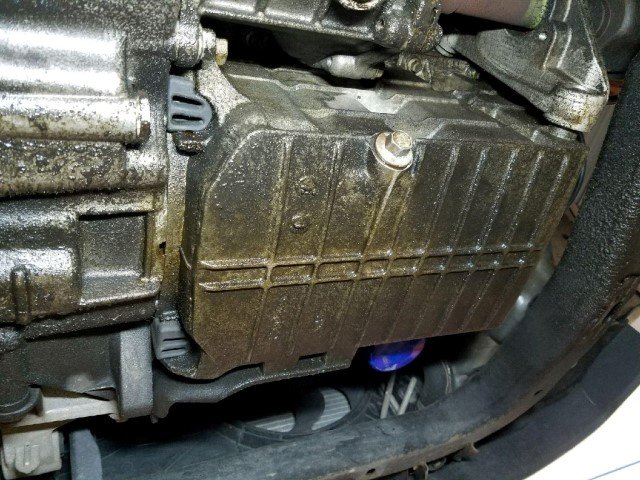
- Also, look under the vehicle for leaks or damage to the under carriage.
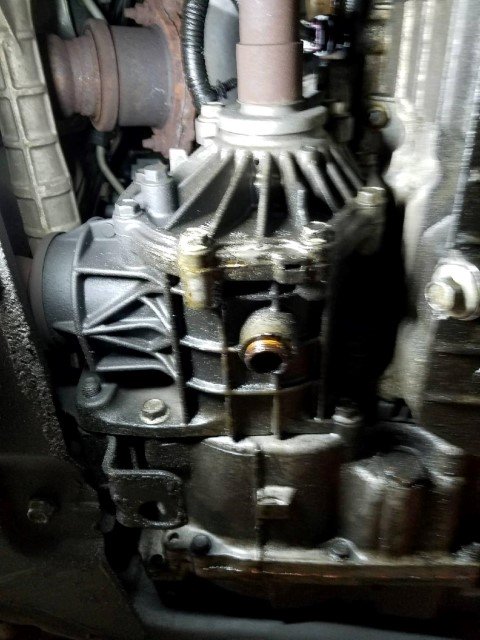
Front & Rear Suspension
- This will involve getting down and looking for grease coming out of the axle boots, cut suspension bushings and/or broken suspension components.
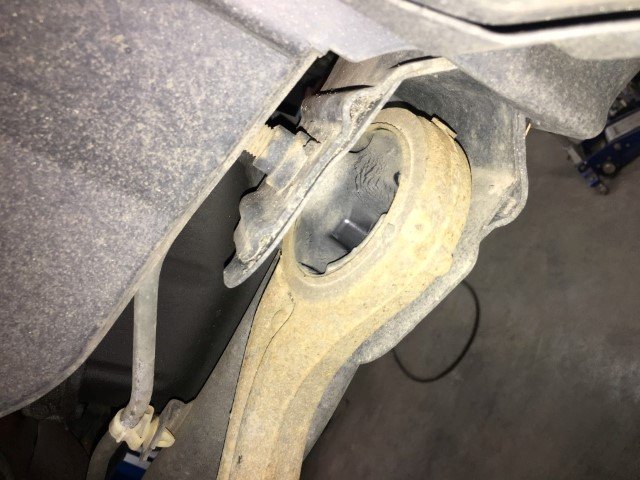
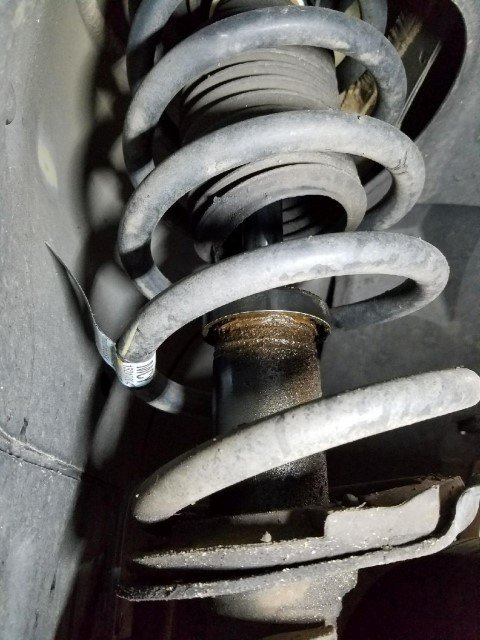
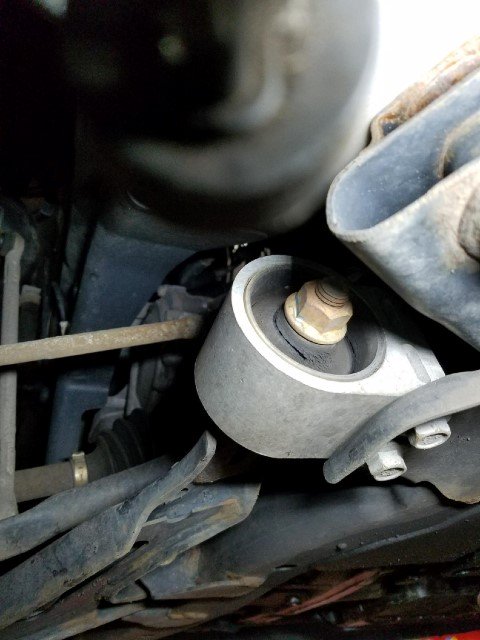
Open the Trunk
- Check for water under the carpet.
- Check for the spare tire, if applicable. Some cars may not have a spare tire, particularly vehicles with run flat tires.
- Check for OE tools
Hooking up an OBD II Reader
OBD II is the universal standard for vehicle emissions. Every vehicle that emits emissions MUST have an OBD port for anyone to plug into. The generic readers are becoming very affordable these days and can be had for $100 or less in some cases. If you want to buy your own and do this, you can. You can also rely on a local mechanic to do it for you. If you are using a generic scanner, chances are you may not be able to read secondary codes stored in the car. Those secondary codes can give insight into potential issues the car has that are not OBD II related. But a generic scanner, at the very least, will give you any emissions related codes and the readiness state of the monitors.
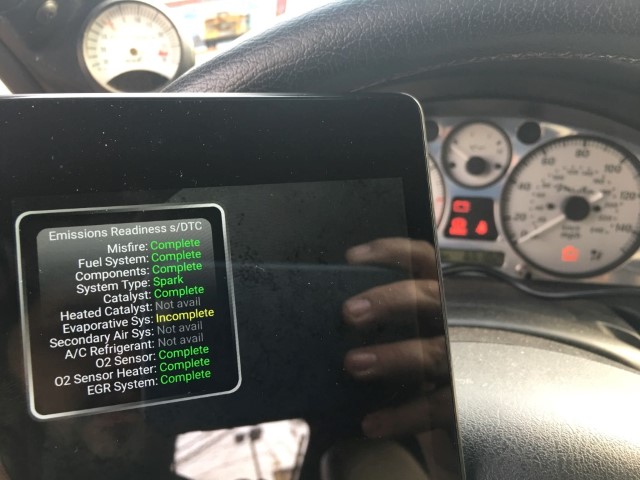
Why is the readiness state important?
The readiness state shows that the vehicle has been driven and has successfully completed tests the engine and transmission computer require. These tests ensure the vehicle is up to optimal standards. We often see vehicles for sale where the owner has cleared the monitors and codes. This enables them to hide problems that are only seen when the monitors are run. The most common fault we see hidden is the dreaded P0420/P0430 code. Which can mean you need to replace catalytic converters, a very expensive endeavor for anyone to deal with.
Now… onto the test drive!
- Allow the vehicle to warm up.
- Drive the vehicle at 25mph for up to 3 miles, 45 mph for up to 3 miles and 65 mph for up to 3 miles.
- Does the vehicle feel good at those speeds? Shaking? Noises?
- How is the steering? Tight and responsive? Loose and wobbly?
- Take some turns, go in and out of parking lots. Listen for noises when you are doing that kind of driving. Have the vehicle radio off while test driving. You are listening for anything that does not sound normal to you.
- How is the vehicle shifting? Do you feel every gear? Count them out to be sure.
Things to Consider
- Get an Autocheck Report. Carfax is a devious company that doesn’t stand by its guarantee, so we cannot recommend them. We have purchased vehicles where Carfax indicted the mileage was accurate, only to find out through Autocheck that the mileage was not accurate. When we contacted Carfax about this, they were silent and ignored our every attempt to claim their guarantee. Not to mention that Carfax takes YOUR DATA and sells it to other people without your permission.
- Does the owner have service records? Are they current or from previous owners?
- How long has the owner had the vehicle?
- Is the title in their name? No? Sign of a flipper. Not bad and not good, just something to be wary of. There are genuine people who have a love of automobiles and buy cars with good intentions… but there are also many examples of the exact opposite.
Having the vehicle professionally inspected. Most independent shops will charge $100 to $200 for a comprehensive inspection like we have just outlined above. Worth every penny for peace of mind when you are spending your hard-earned cash on a car.
We will update this article with relevant pictures and videos as time goes on. Thanks for taking the time out to read it and don’t forget to share it with your family and friends!
